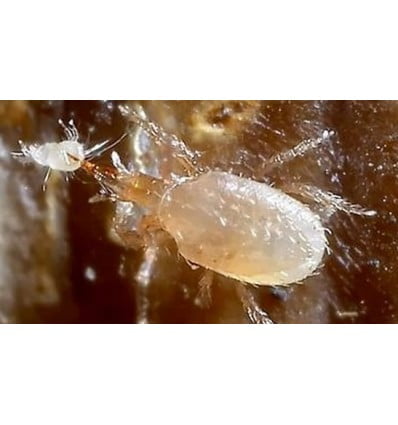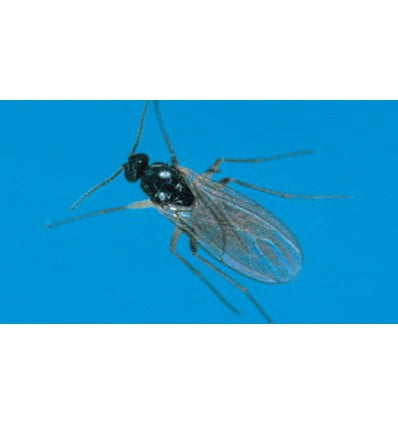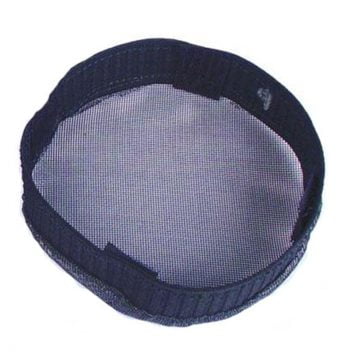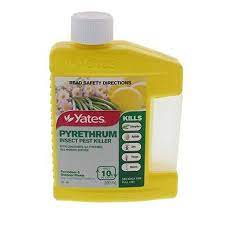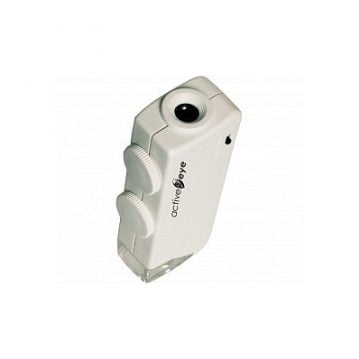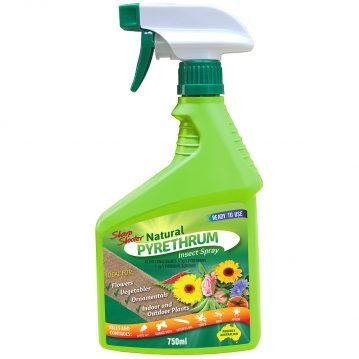Biocontrol Organism: Stratriolaelaps (Hypoaspis) nr miles
Hypoaspis, a soil-dwelling predatory mite, feeds on fungus gnat larvae, thrips pupae, springtails and other small soil inhabiting insects. Adult Hypoaspis are between 0.5 mm and 1 mm long, with females larger and much more common than males. Adult females are light brown in colour. Want to treat your pest problem naturally then this is it!
The life cycle of Hypoaspis consists of egg, larva (6 legs), nymph (8 legs) and adult. The whole life cycle takes about 10 days at 25°C but can vary from 7 to 30 days depending on temperature. At temperatures below 12°C Hypoaspis is inactive, but it will not die unless frozen.
Eggs are laid in the soil and hatch into larvae in 1–3 days. Hypoaspis lives in the top 1–2 cm of soil and can be seen moving quickly on top of the soil when the surface is disturbed or pots are tapped. It can survive for up to 7 weeks without insect prey, by feeding on organic matter, plant debris and nematodes.
Hypoaspis feeds on the early larval stages of fungus gnats. They are most effective when applied before the pest population becomes established or when it is at a low density. Adult mites consume between one and five prey per day.
Hypoaspis can also aid in thrips control by feeding on the thrips pupae in the soil, but cannot be relied on for total control. Pot trials in the UK and Canada have shown up to 30% reduction in thrips populations.
Shoreflies can often be confused with fungus gnats. The adult shorefly has red eyes and short antennae; the larva is similar to that of the fungus gnat but does not have a black head. The larvae normally feed on algae in waterlogged areas but have also been implicated in the spread of plant root pathogens.
Cultural practices to aid Hypoaspis establishment
Make sure that the medium being used is suitable for Hypoaspis. It should preferably have good air porosity, have some organic content and not be waterlogged. Hypoaspis prefers soil temperatures between 20°C and 30°C, so for best results maintain temperatures within this range. Use a clean, sterile potting medium when planting. Otherwise it is possible that the potting medium may already be infested before being used for planting. Maintain floors and outsides of greenhouses in a well-drained and weed-free condition.
